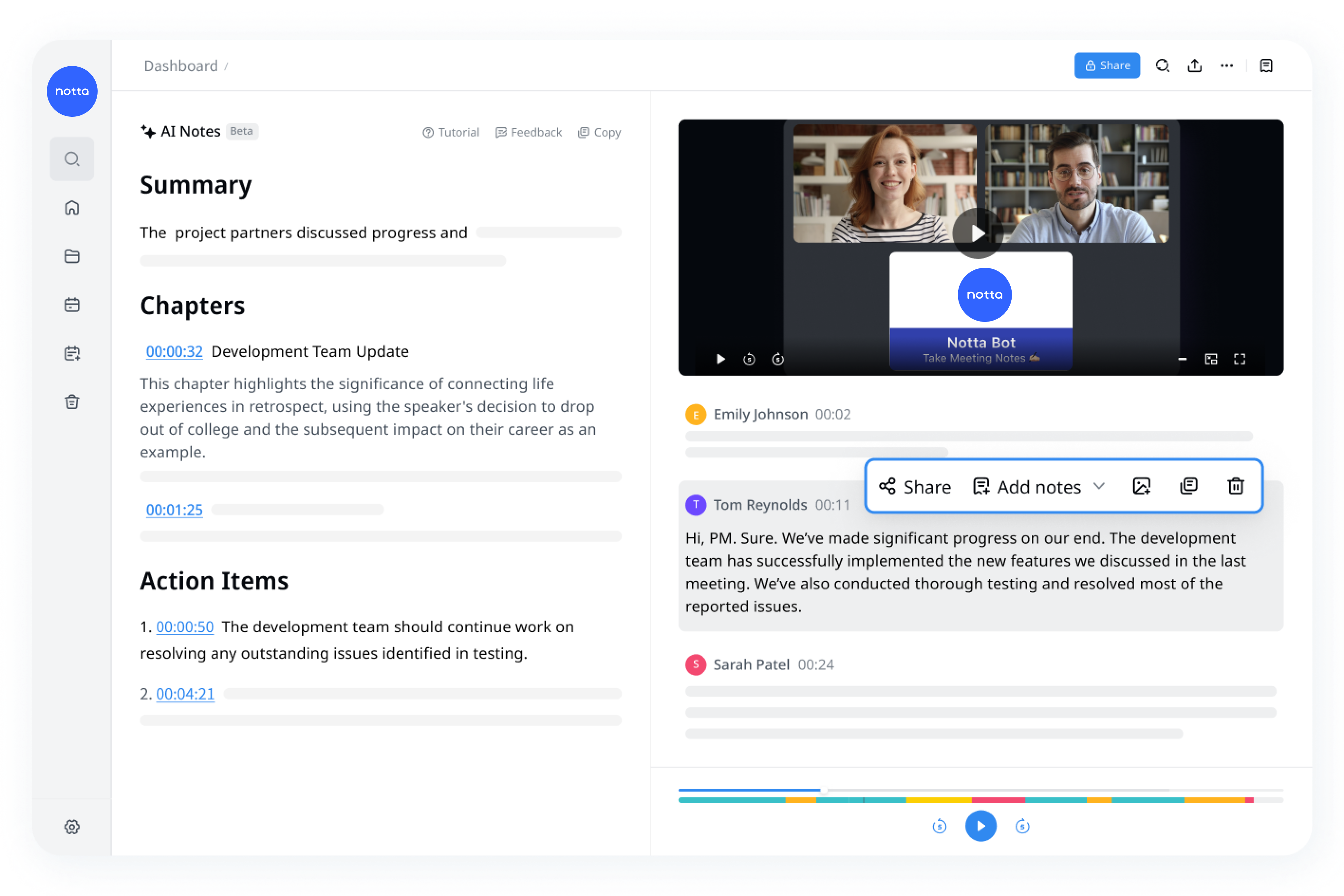The World Wide Web (WWW) has revolutionized the way we communicate, access information, and conduct business. Since its creation in the early 1990s, the web has become an integral part of our daily lives. From online shopping to social networking, the web continues to shape and influence our interactions in profound ways.
As we navigate the digital age, understanding the concept of WWW is crucial for both personal and professional growth. The web serves as a vast repository of knowledge and opportunities, connecting people from all corners of the globe. This article aims to provide a detailed overview of the World Wide Web, its history, functionality, and impact on society.
Whether you're a beginner looking to understand the basics or an advanced user seeking deeper insights, this guide will equip you with the necessary information to navigate the web effectively. Let's dive into the fascinating world of WWW and explore its significance in today's interconnected world.
Read also:Kate Dries Partner The Ultimate Guide To Her Life Career And Love Story
Table of Contents
- History of the World Wide Web
- How the World Wide Web Works
- Key Components of the Web
- Advantages of the World Wide Web
- Disadvantages of the World Wide Web
- Impact of the Web on Society
- The Future of the World Wide Web
- Web Security and Privacy
- Statistics and Trends
- Conclusion and Call to Action
History of the World Wide Web
The World Wide Web was invented by Sir Tim Berners-Lee in 1989 while he was working at CERN, the European Organization for Nuclear Research. His goal was to create a system that allowed researchers to share information easily across different computers. This invention laid the foundation for what we now know as the web.
Initially, the web was a simple text-based interface, but it quickly evolved with advancements in technology. The introduction of graphical browsers like Mosaic in 1993 made the web more accessible to the general public, leading to its rapid growth and adoption.
In the early days, the web was primarily used for academic and research purposes. However, as its potential became more apparent, businesses and individuals began to recognize its value, paving the way for the commercialization of the web.
Evolution of the Web
- Web 1.0: Static web pages with limited interactivity.
- Web 2.0: Introduction of social media, user-generated content, and dynamic web applications.
- Web 3.0: Focus on semantic web, artificial intelligence, and decentralized technologies.
How the World Wide Web Works
At its core, the World Wide Web operates on a client-server model. When you enter a URL into your web browser, it sends a request to the server hosting the website. The server then retrieves the requested data and sends it back to your browser, which displays the content.
This process involves several key technologies, including HTML, CSS, and JavaScript. HTML provides the structure of web pages, CSS handles the visual design, and JavaScript enables interactivity and dynamic content.
In addition, the web relies on protocols such as HTTP and HTTPS to ensure secure and efficient communication between clients and servers. These protocols define how data is transmitted and processed across the internet.
Read also:Katerina Panos The Rising Star Whos Turning Heads In The Spotlight
Role of DNS in the Web
The Domain Name System (DNS) plays a crucial role in the functioning of the web. It translates human-readable domain names into IP addresses that computers can understand. This allows users to access websites using easy-to-remember names rather than complex numerical addresses.
Key Components of the Web
The World Wide Web consists of several essential components that work together to deliver a seamless user experience. These components include:
- Browsers: Software applications used to access and display web pages.
- Servers: Computers that store and deliver web content to users.
- Protocols: Standards that govern how data is transmitted across the web.
- Web Pages: Documents written in HTML that make up the content of the web.
Each of these components plays a vital role in the functioning of the web, ensuring that users can access information quickly and efficiently.
Advantages of the World Wide Web
The World Wide Web offers numerous benefits that have transformed various aspects of our lives. Some of the key advantages include:
- Access to a vast amount of information at your fingertips.
- Opportunities for global communication and collaboration.
- Convenience of online shopping, banking, and other services.
- Platform for education, entertainment, and innovation.
These advantages have made the web an indispensable tool for both individuals and organizations, driving progress and connectivity worldwide.
Disadvantages of the World Wide Web
Despite its many benefits, the World Wide Web also has its drawbacks. Some of the challenges associated with the web include:
- Security risks such as hacking, phishing, and identity theft.
- Privacy concerns related to data collection and surveillance.
- Information overload and difficulty in finding reliable sources.
- Impact on mental health due to excessive screen time and social media use.
Addressing these challenges requires a balanced approach, combining technological solutions with responsible user behavior.
Impact of the Web on Society
The World Wide Web has had a profound impact on society, influencing various sectors such as education, business, and healthcare. It has democratized access to information, enabling people from all walks of life to learn and grow. The web has also facilitated innovation, providing a platform for entrepreneurs and creators to showcase their work.
However, the web's influence is not without its controversies. Issues such as digital divide, misinformation, and cyberbullying pose significant challenges that need to be addressed. By promoting digital literacy and ethical practices, we can harness the web's potential for positive change.
Social Media and the Web
Social media platforms have become a dominant force on the web, shaping how people interact and share information. While these platforms offer numerous benefits, they also raise concerns about privacy, addiction, and the spread of false information. Balancing the advantages and disadvantages of social media is essential for fostering a healthy online environment.
The Future of the World Wide Web
As technology continues to evolve, the World Wide Web is poised to undergo significant transformations. Emerging trends such as artificial intelligence, blockchain, and the Internet of Things (IoT) are set to redefine how we interact with the web. These innovations promise to enhance security, efficiency, and user experience.
However, the future of the web also depends on our ability to address current challenges and ensure equitable access for all. By prioritizing inclusivity, sustainability, and ethical practices, we can shape a web that benefits everyone.
Web Security and Privacy
Web security and privacy are critical concerns in today's digital landscape. With increasing cyber threats and data breaches, protecting personal and sensitive information has become more important than ever. Implementing robust security measures, such as encryption and two-factor authentication, is essential for safeguarding online activities.
Additionally, users must adopt safe browsing habits, such as avoiding suspicious links and regularly updating software. By staying informed and proactive, individuals can minimize the risks associated with web usage.
Best Practices for Web Security
- Use strong, unique passwords for all accounts.
- Enable two-factor authentication whenever possible.
- Regularly update software and security patches.
- Avoid clicking on links or downloading attachments from unknown sources.
Statistics and Trends
According to recent statistics, the number of internet users worldwide has surpassed 5 billion, with the web playing a central role in their online activities. The average person spends several hours a day browsing the web, engaging in activities such as social media, online shopping, and streaming media.
Furthermore, mobile devices have become the primary means of accessing the web, accounting for a significant portion of internet traffic. This trend highlights the importance of responsive design and mobile optimization for websites.
As the web continues to grow, keeping up with the latest trends and statistics is crucial for staying ahead in the digital landscape.
Conclusion and Call to Action
In conclusion, the World Wide Web has become an integral part of our lives, offering unparalleled opportunities for communication, education, and innovation. Understanding its history, functionality, and impact is essential for navigating the digital age effectively.
We encourage readers to explore the resources mentioned in this article and share their thoughts in the comments section. Your feedback helps us improve and provide more valuable content. Additionally, don't hesitate to explore other articles on our website for further insights into the world of technology and the web.
Together, let's continue to shape a web that is inclusive, secure, and beneficial for everyone.
References:
- World Wide Web Consortium (W3C)
- International Telecommunication Union (ITU)
- Statista

